Watchmen HBO beginner's guide: what to know before you watch
7 keys events, figures and facts from the Watchmen graphic novel
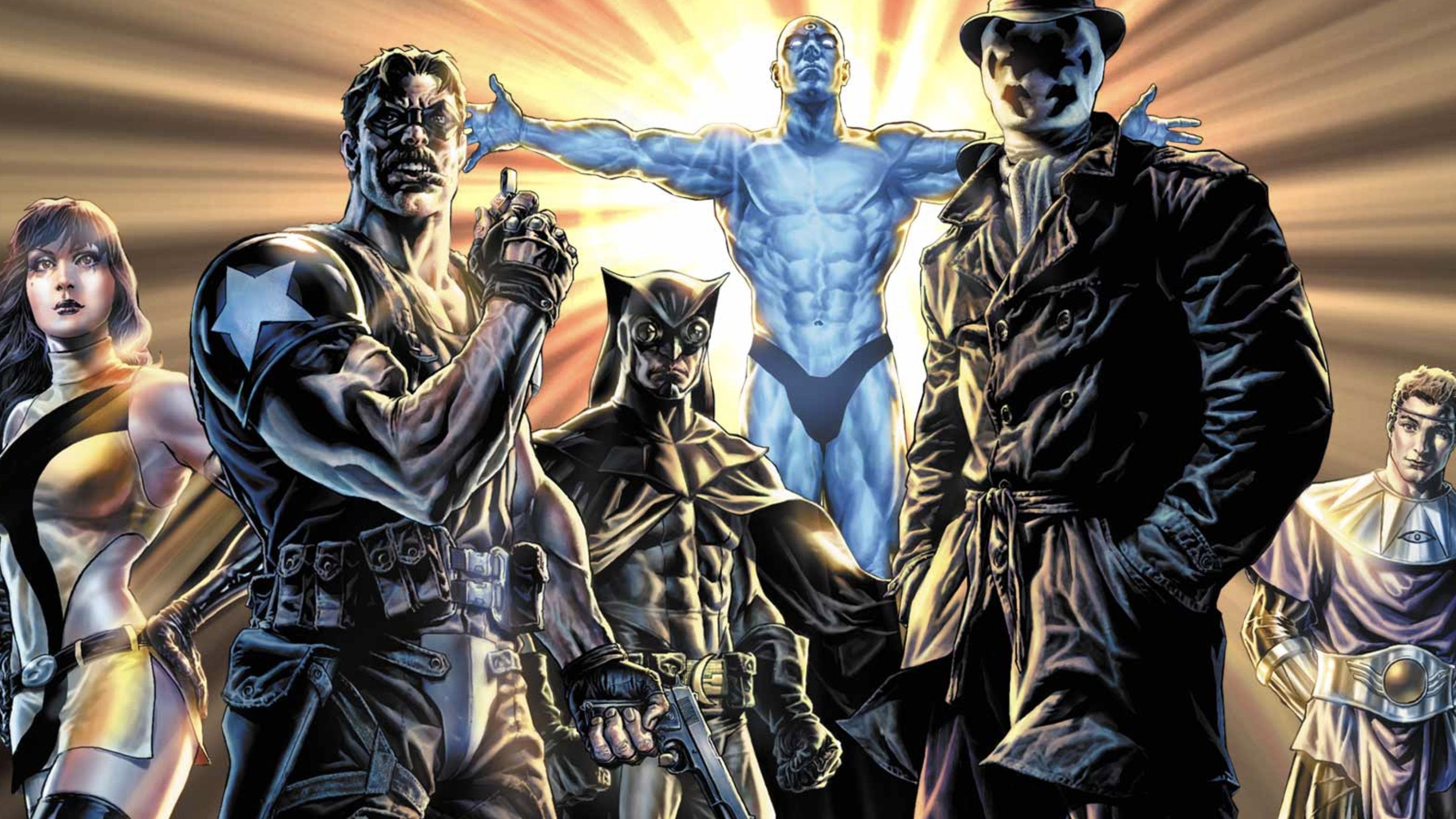
HBO’s Watchmen TV series is finally here, bringing release to the hordes of comic book fans, culture geeks, and anyone vaguely interested in watching TV. But if this is your first time encountering the world of Watchmen, there are some things that might not be obvious when you start watching the show.
TechRadar had the chance to sneak-peek at the first few Watchmen episodes, and we can confirm this is a show very much deserving of your time – even if its bold take on the source material may be lost on those who aren’t familiar with the original comic series (published in a compilation graphic novel in 1987).
If you're already underway, and don't have a clue what's going on, we have all the answers you need in our Watchmen HBO episode guide. But if you're yet to watch the Watchmen, or just need a refresher on the source material, this is everything you need to know about Watchmen’s history before switching on that first episode.
1. This all started as a graphic novel
Watchmen started as a DC comic series in 1986, with a compilation of all 12 issues being published in 1987. The graphic novel regularly features on lists of the greatest books of all time, and has become a poster child for comics-as-literature ever since.
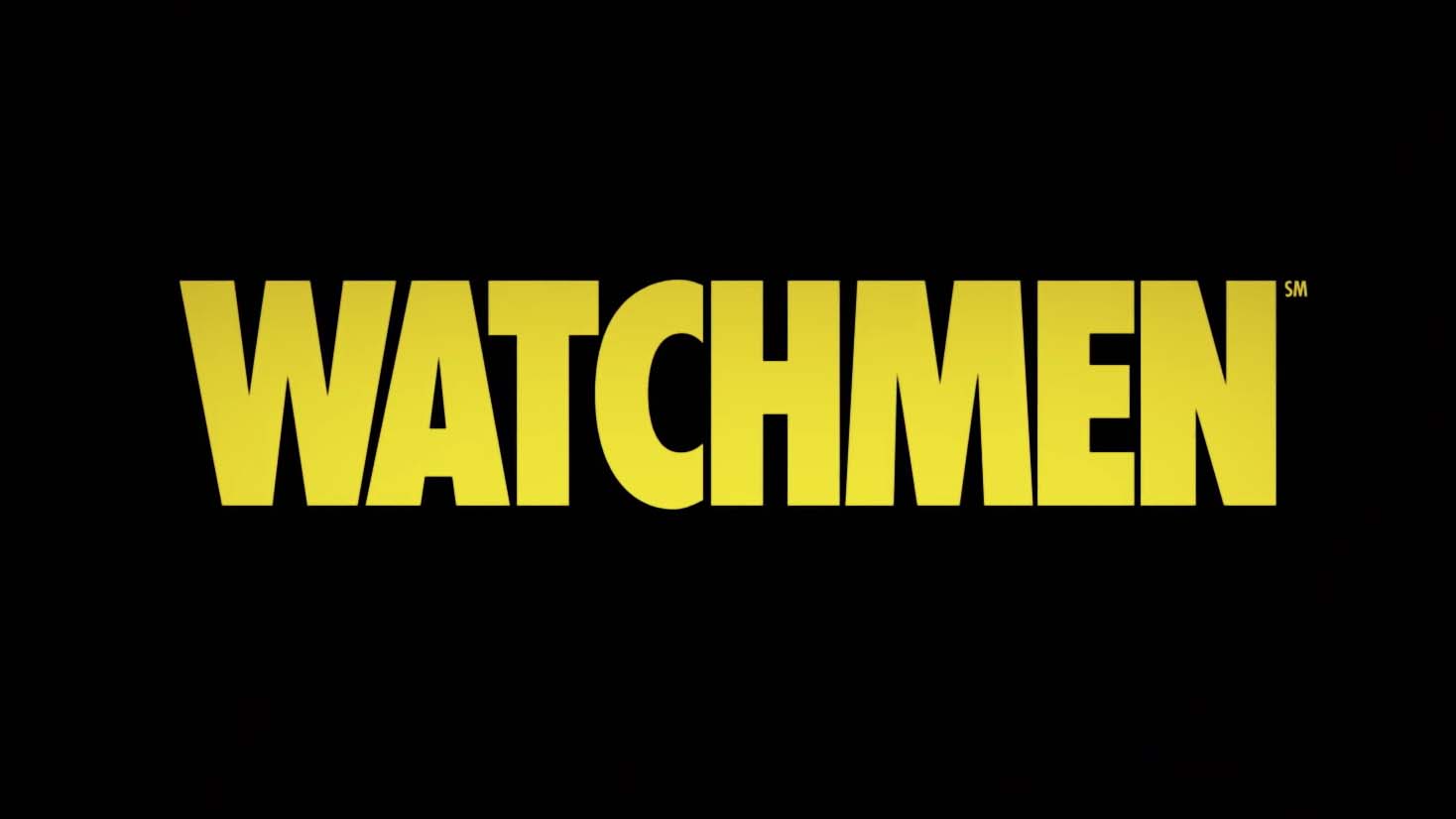
The original Watchmen comics were unafraid to offer a bleak and uncompromising view of recent political affairs, reflecting anxieties over nuclear warfare and police brutality in a medium that (in the 1980s) still wasn’t afforded the seriousness and respect it deserved. It wasn’t light reading, and you shouldn’t expect light watching either.
There have been multiple adaptations or continuations for the characters in Watchmen, including a recent comic mini-series, The Doomsday Clock, running from 2017 to 2019, as well as the 2009 movie directed by Zak Snyder.
Watchmen co-creator Alan Moore has been an outspoken critic of the way that DC – which owns the copyright to Watchmen – has used his characters, with show creator Damon Lindelof having to publicly justify his TV adaptation in an open letter on Instagram.
Get daily insight, inspiration and deals in your inbox
Sign up for breaking news, reviews, opinion, top tech deals, and more.
2. Heroes have emerged – and changed everything
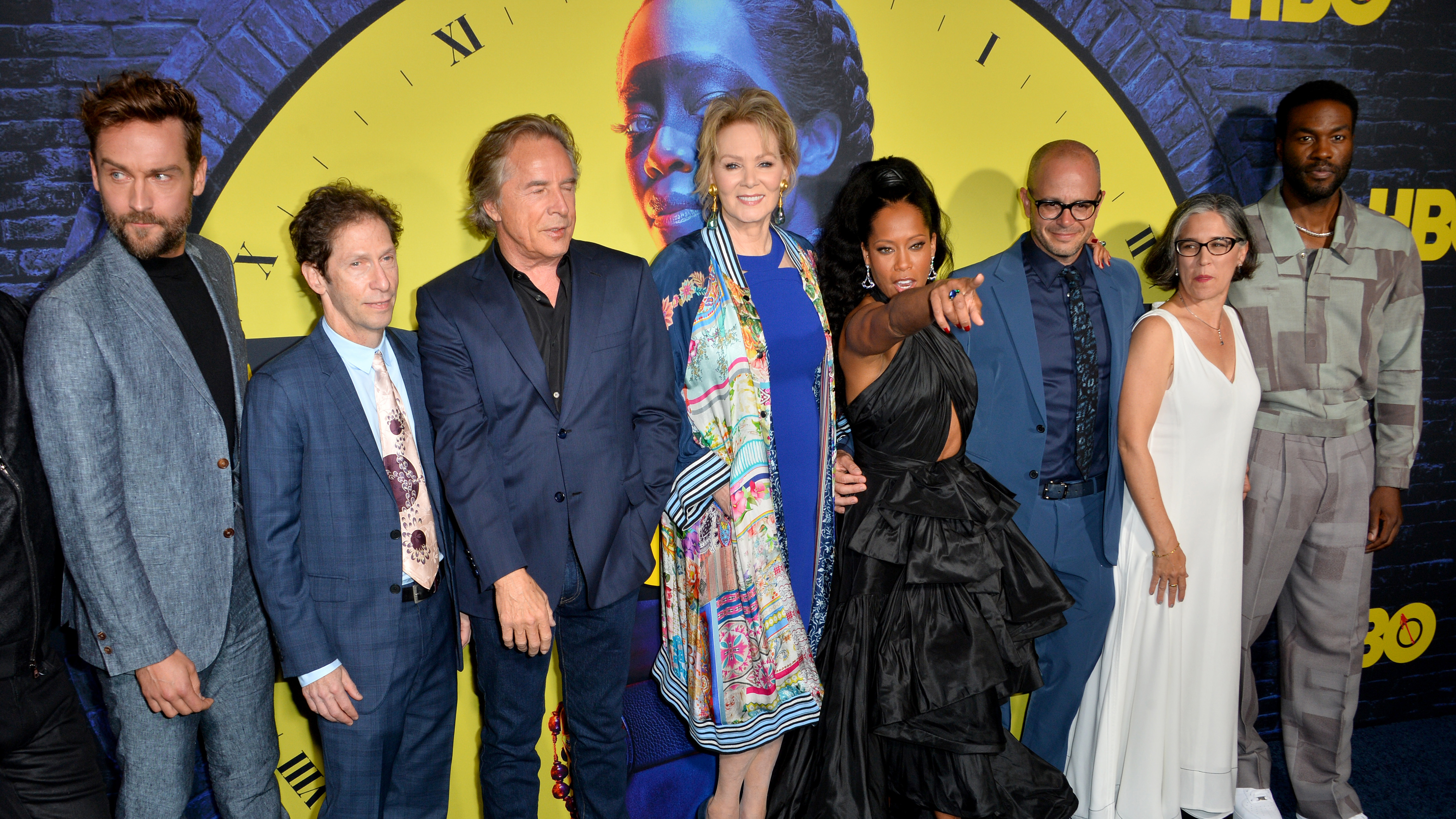
This may be an obvious point for those used to consuming, well, fiction – but there are some key events that distinguish the history of the US (where the graphic novel is largely set) and the world from the one we know.
The world of Watchmen starts to diverge from our own in the 1940s, when masked vigilantes start to appear to tackle small-time crime in North America’s bustling cities, beginning to blur the line between keeping order and just adding more violence to the streets around them.
While these heroes varied in popularity over time, and were often utilized by law enforcement and the US military, an official legal bill – the Keene Act – was passed in 1977 to prevent “costumed adventuring”, forcing many of them into retirement or more underground activities. In HBO’s TV series, even police officers have resorted to using masks to protect themselves and their families, though unauthorized vigilantes are still outlawed.
Notable heroes (or anti-heroes) included The Comedian, Nite Owl, Silk Spectre, Rorschach, and Moth Man. As HBO’s Watchmen takes place 30 years after the events of the comic, some of these characters will be more present than others, but there are also plenty of hints and nods to those off-screen that have clearly shaped the narrative in some way.
3. But this isn't quite a superhero story
If you’re used to the super-powered abilities of the Marvel Cinematic Universe, they are in short supply here. Watchmen’s ‘heroes’ tend to be in peak physical condition, or have a knack for a certain skill – such as intelligence, subterfuge, or gadgetry – but they’re very much magnifications of regular people rather than people with claws for hands or laser beams coming out of their eyes.
There are some notable exceptions (namely Dr Manhattan, discusses below) but the characters here tend to be more Batman than Superman – and often without the former’s extensive cash reserves.
4. Dr Manhattan (yes, the blue one)

The only true superhero in the traditional sense, Dr Manhattan was an atomic scientist in the US military – original name Jonathan "Jon" Osterman – who was physically obliterated after becoming locked into an atomic test chamber. His body slowly reformed into a glowing god-like being with blue skin and the ability to manipulate matter, make duplicates of himself, and see into the past and future.
He becomes a tool for the US government, and is instrumental in the country winning the Vietnam War (unlike in our own history). He also has a relationship with the Silk Spectre, another costumed hero, with their relationship forming a large part of the narrative.
At the end of the comic, Dr Manhattan largely left behind human matters, moving to Mars and ominously suggesting in the final pages that he might try to create human life of his own. There’s a brief glimpse of him in the trailer, from what looks like a satellite image, but he'll certainly cast a long, blue shadow – whether or not he appears much himself.
5. Adrian Veidt – and that giant squid
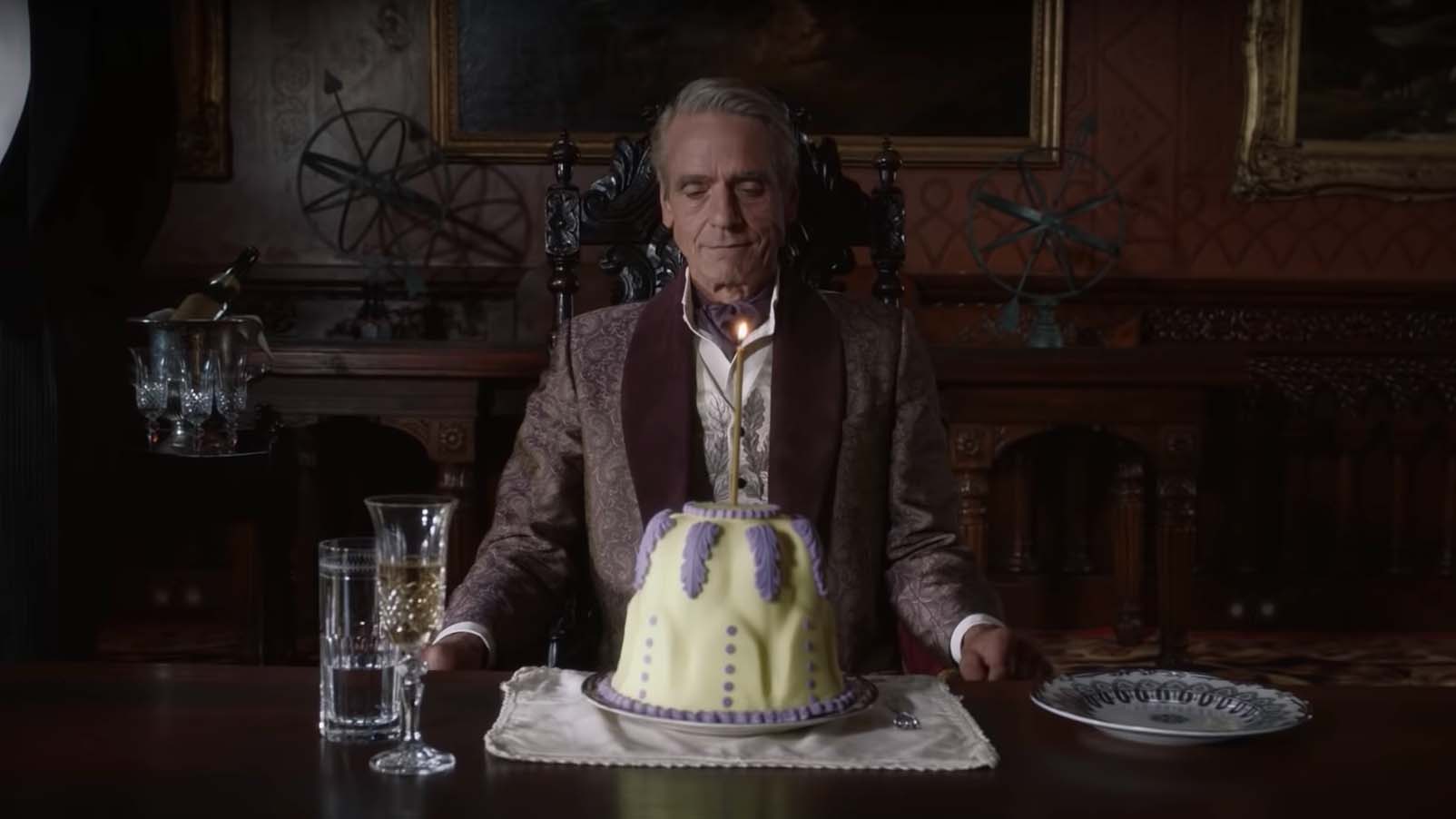
“Smartest man in the world” is quite the moniker, but fully deserved for Adrian Veidt, or Ozymandias, who acts somewhat as the villain in the Watchmen comics. He instigates a complex plot to do away with numerous vigilantes, even faking an assassination attempt on himself to divert suspiscion.
He even manages to create and transport a giant, telekinetic squid into the city of New York – you read that right – killing millions in order to stoke fear around alien, transdimensional beings and band the globe’s countries together to prevent the escalation of nuclear war (which works, for now). Hero or villain? It’s never quite that simple in Watchmen.
There’s a lot of speculation around Jeremy Irons playing this character in the Watchmen TV show, though you’ll have to watch it (or read some spoilers) to find out whether this is true.
6. The legacy of Rorschach

The closest thing to Watchmen’s narrator was Rorschach, an emotionally bruised and bruising vigilante detective who spends much of the comics decrying the moral wasteland he sees in the US around him.
He’s unceremoniously obliterated by Dr Manhattan when threatening to expose Veidt’s plot to the world, though his diary – shown in excerpts of narration through the comics – makes its way to a newspaper office, with Watchmen ending on a news staffer wondering whether to pick it up and read it.
What we do know about HBO’s Watchmen is that Rorscach’s diary made it into the world, and was co-opted by a white supremacist group known as the Seventh Cavalry, whose members wear their own versions of Rorschach’s iconic ink-stained mask – based on the Rorschach Test that gauges one’s psychological state by what they read into various blot-like images, and formed a large part of the comics’ questioning of self-identity and the blurring between person and mask.
7. Clocks, watches, and smiley faces
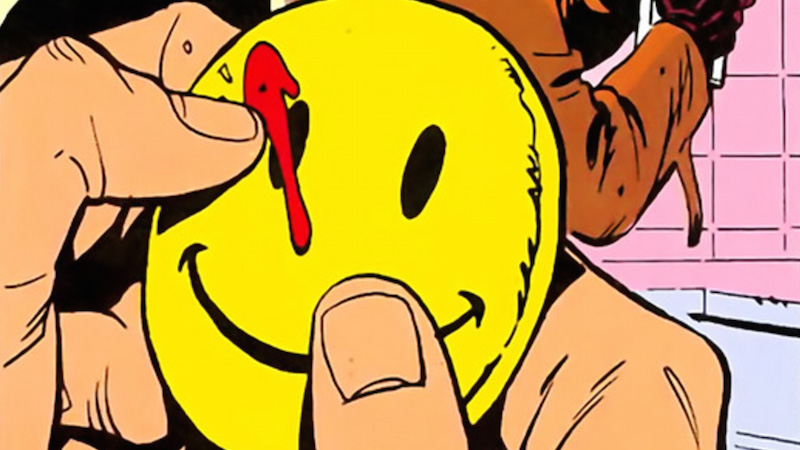
In keeping with the nuclear anxieties of the time, the Watchmen comics use recurring motifs that hark to the Doomsday Clock, a real-life device that symbolizes how close humanity is to self-made destruction.
The image of a clock counting down to midnight reappears throughout the comics, with blood-stained smiley face pins and pocket watches using similar visual cues in imaginative ways – and you’ll want to keep an eye out for something similar in the show.
Where, when, and how to watch
Those are just the key figures and plot events to keep in mind before you tune into Watchmen – but you can expect Damon Lindelof’s show to play around with them as much as it pays tribute.
You can find the first episode on the services below at the times designated, with new episodes dropping weekly for the season’s nine-episode run.
US: HBO Now (9pm EST, Sunday 20 October)
UK: Sky Atlantic / NOW TV (9pm GMT, Monday 21 October)
You can find out more about the show itself in our Watchmen release date, trailers, cast and characters guide.
- What are the best TV streaming services?
Henry is a freelance technology journalist, and former News & Features Editor for TechRadar, where he specialized in home entertainment gadgets such as TVs, projectors, soundbars, and smart speakers. Other bylines include Edge, T3, iMore, GamesRadar, NBC News, Healthline, and The Times.
